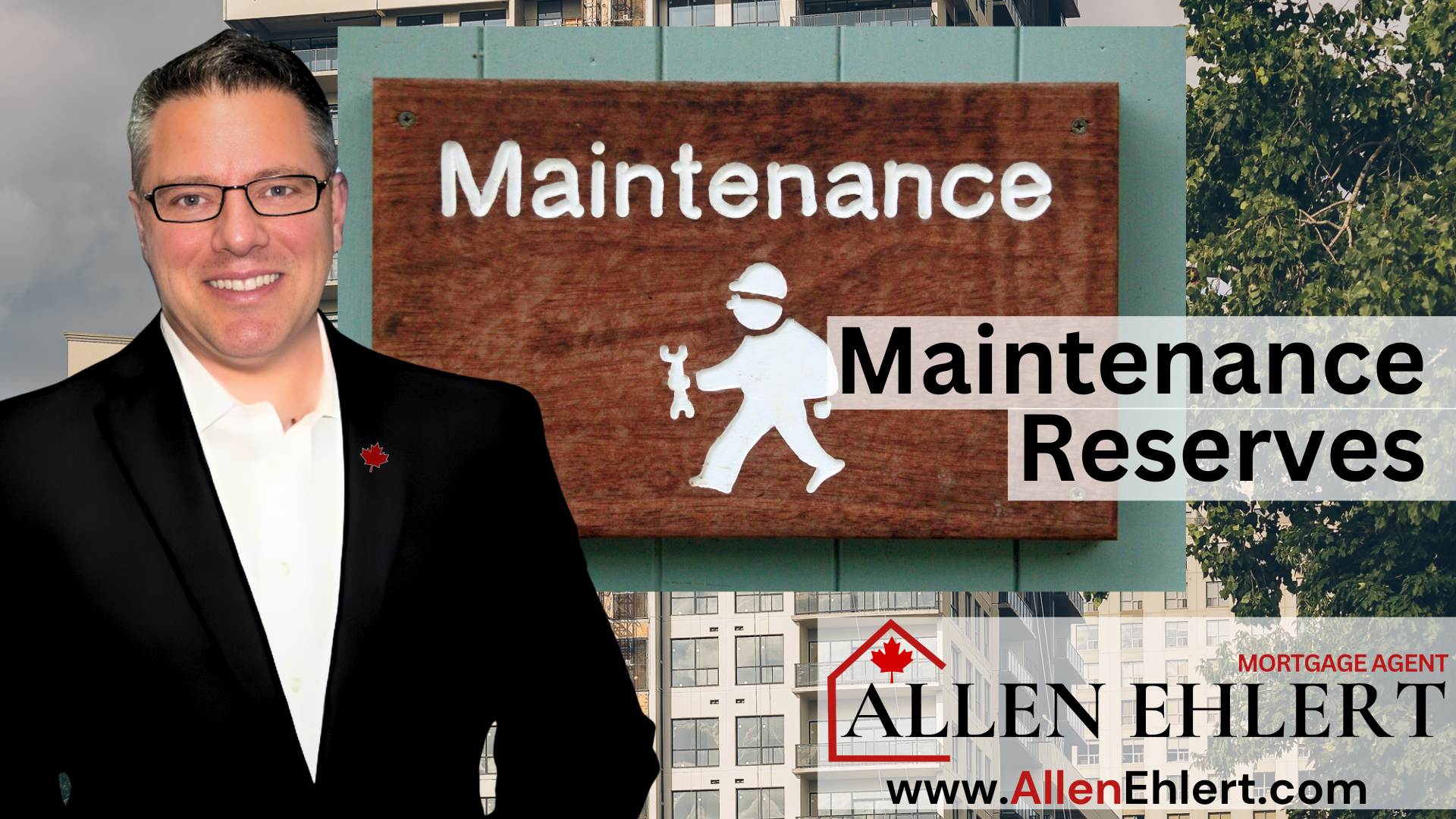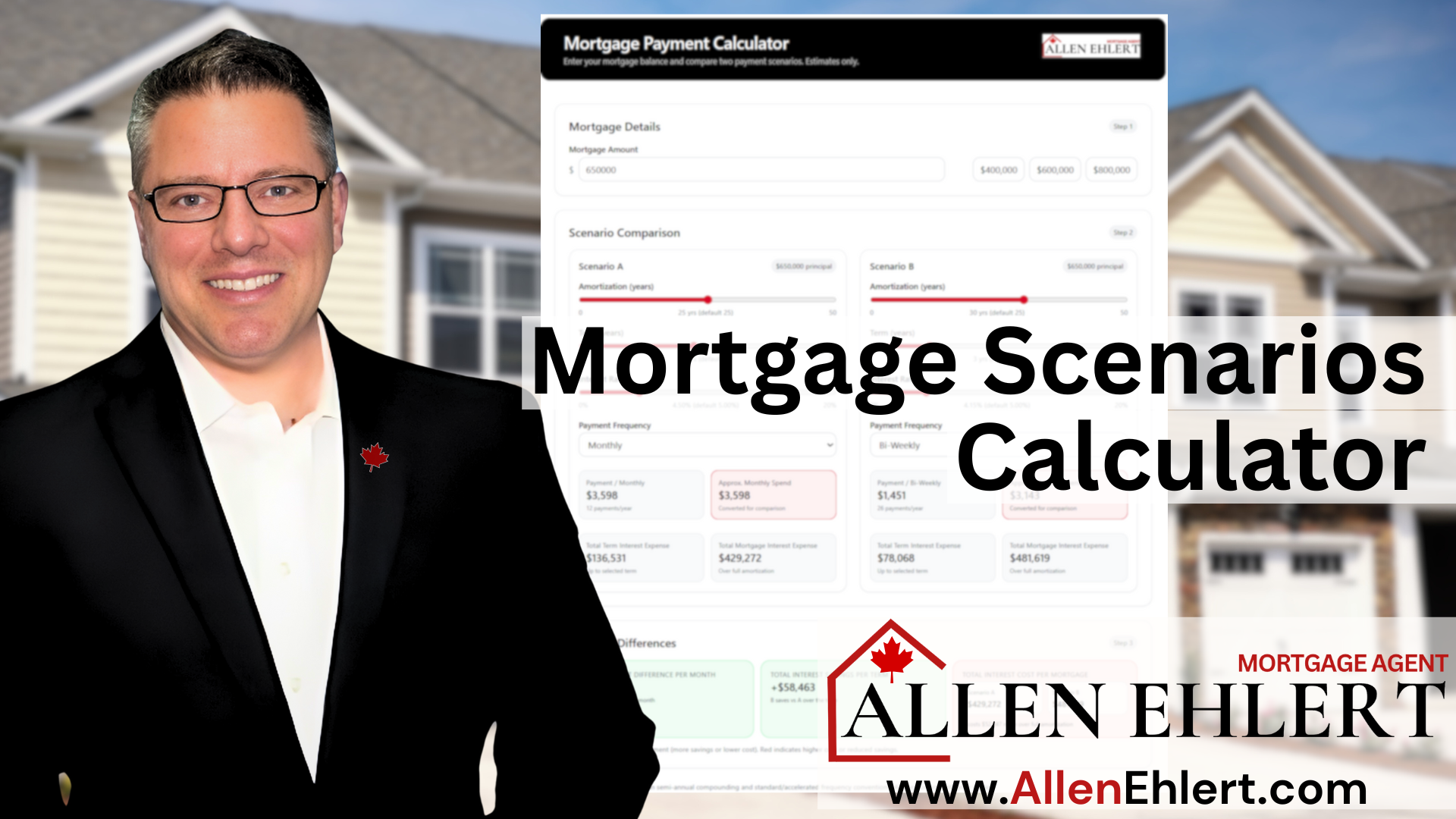… Red Flags and Roadblocks: Lease Conditions That Can Sink Your Commercial Financing
When it comes to commercial real estate, you can have a great property, solid tenants, and even a healthy rent roll — but if your leases have hidden landmines, your financing could fall apart faster than you can say “commitment letter.”
Here’s the thing: lenders don’t just look at the property’s value. They look at how that value is earned — and that means they study the leases line by line. Every clause in a lease tells a story about risk, reliability, and return. If a lender doesn’t like that story, your deal might get delayed, downsized, or denied altogether.
In this article, we’ll look at the lease conditions that quietly hurt commercial financing, how to spot them before they become problems, and how you — whether you’re a landlord, realtor, or investor — can keep your financing prospects strong.
Topics I’ll Cover
Short Lease Terms and Uncertain Renewals
Weak Tenant Quality or Creditworthiness
Missing or Poorly Structured Escalation Clauses
Risky Assignment and Subletting Provisions
Short Lease Terms and Uncertain Renewals
Let’s start with one of the biggest deal killers — short leases. Lenders love predictability, and nothing says “stable income” like a long-term lease with renewal options clearly spelled out. A five- or ten-year term gives lenders confidence that the property will continue producing revenue for the foreseeable future.
When leases are short, or if renewals are unclear or non-binding, lenders see volatility. They start to wonder: What happens if the tenant leaves next year? Will the space sit vacant? Will rental income drop?
Example:
Imagine you’re financing a small retail plaza in Oshawa. Three of your four tenants are on one-year leases with “handshake” renewal promises. On paper, your gross income looks good — but to a lender, it’s a ticking clock. You might still get financing, but with a lower loan-to-value ratio and a higher interest rate.
How Realtors and Clients Can Apply This:
When listing or buying an investment property, check the lease expiry dates. Properties with long-term leases in place — especially from reliable tenants — not only attract better financing but also sell faster and for more.
Weak Tenant Quality or Creditworthiness
Not all rent is created equal. A dollar from a national chain like Shoppers Drug Mart isn’t the same as a dollar from a small startup café that’s still finding its footing. Lenders assess tenants as part of the risk equation — strong tenants mean stable income, which translates into more favorable financing terms.
Example:
I once worked with a client who owned a mixed-use property leased to both a local restaurant and a national courier company. The lender gave far more weight to the courier lease when underwriting the loan because they could verify the company’s credit history, national footprint, and ability to pay through economic cycles.
How Realtors and Clients Can Apply This:
If you’re negotiating new leases, prioritize financially strong tenants or those with established track records. Even small businesses can help their case by showing steady revenue, good business credit, or a personal guarantee.
Missing or Poorly Structured Escalation Clauses
If your leases don’t include rent escalations — or if the increases are inconsistent or unclear — your financing potential takes a hit. Lenders expect rental income to grow with inflation or market conditions. When it doesn’t, they have to assume your property’s income will stagnate, reducing its appraised value and future lending potential.
Example:
A client once brought me a lease portfolio where rents hadn’t increased in seven years. The property still cash flowed well, but when we tried to refinance, the lender adjusted the projected income downward because there were no built-in escalations.
How Realtors and Clients Can Apply This:
When structuring new leases, include modest, predictable rent increases — either a fixed percentage annually (say, two percent) or tied to the Consumer Price Index (CPI). Even a small escalation clause can make a major difference in the eyes of a lender.
Early Termination Clauses
Few things make a lender’s eyebrows shoot up faster than a lease that allows a tenant to walk away early. Termination clauses introduce uncertainty, and uncertainty equals risk. A lease that lets a tenant leave on short notice can unravel the stability lenders rely on to underwrite long-term loans.
Example:
A landlord I worked with had a five-year lease with a retail tenant that included an “escape clause” after 24 months. When the lender saw that, they treated it like a two-year lease, not a five-year one — slashing the property’s valuation for financing purposes.
How Realtors and Clients Can Apply This:
Avoid termination clauses whenever possible, or negotiate terms that make them less risky — like requiring advance notice, a termination fee, or a replacement tenant before the lease can end.
Risky Assignment and Subletting Provisions
Assignments and sublets can be useful, but from a lender’s perspective, they open the door to uncertainty. A new subtenant or assignee may not have the same financial strength or track record as the original tenant, which increases risk.
Example:
A property owner in Whitby had a solid industrial tenant who later sublet part of the space to a smaller manufacturer without lender consent. When the lender discovered this during renewal, they downgraded the property’s risk profile because the subtenant had no credit history.
How Realtors and Clients Can Apply This:
Encourage landlords to maintain control over who occupies the property. If subletting is allowed, make sure any new tenant must meet pre-set financial criteria or obtain written landlord approval.
Confusing Expense Allocation
Finally, unclear or inconsistent expense allocation can throw a wrench into financing. Lenders need to know who pays for what — property taxes, insurance, maintenance — to accurately calculate the property’s net operating income (NOI). When those costs are muddled, so is the math that supports the mortgage.
Example:
A client once brought me a lease where the tenant paid “some maintenance costs,” but the lease didn’t specify what “some” meant. The lender had to estimate expenses and adjusted the property’s NOI downward to be safe, reducing the available loan amount.
How Realtors and Clients Can Apply This:
Use clear, consistent lease language. If it’s a triple net lease, spell out exactly which expenses the tenant covers. If it’s a modified gross lease, detail how costs are shared. Clarity equals confidence — and confidence leads to better financing.
Allen’s Final Thoughts
Leases are more than legal documents — they’re the lifeblood of commercial financing. Every clause tells lenders a story about risk and reliability. The stronger and clearer that story is, the better your financing terms will be.
If you’re a realtor, understanding how lease language affects financing can make you an invaluable asset to your clients. You’ll spot red flags early, negotiate smarter deals, and attract investors who value financial stability.
If you’re a landlord or investor, treat your leases like financial instruments, not just rental agreements. A well-drafted lease can add measurable value to your property — sometimes more than a cosmetic renovation ever could.
And as your mortgage agent, I’m here to help you bridge that gap. I can:
- Review your lease terms before you approach a lender, spotting clauses that may hurt financing.
- Help structure your lease agreements to strengthen cash flow and loan eligibility.
- Work with your legal and real estate team to ensure your property’s financial profile shines in front of lenders.
In commercial real estate, the details in your lease are just as powerful as the numbers in your spreadsheet. Get those details right, and your financing — and your future — will thank you for it.












